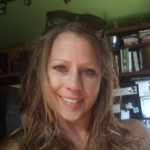
Denise
Professor Communication and Media
Denise is a devoted organic gardener who challenges herself to live as sustainably as possible in her home in southeastern Pennsylvania. She is a professor in the Department of Communication and Media at West Chester University with a Ph.D. from Kent State University. Her teaching and research areas consist of sustainability, close interpersonal relationships, integrating work and family, and conflict resolution.
Learn more about Denise
December 31, 2022
In the Garden of Deeden: Microhabitats
The Amazon rainforest is one of the most biologically diverse places on the entire planet. Why is that? In large part it is due to the tremendous amount of “micro niches” that exist there. Subtle differences in temperature, humidity, shade, sun, soil moisture, altitude, nutrients and more key parameters create a myriad of unique, small habitats that specific organisms can exploit to their advantage. These are micro niches.
The thing is, though, these micro niches are not uniformly distributed across the vastness of the Amazon rainforest. Indeed, just the opposite. It is possible for a particular micro niche to be found on a single hillside and nowhere else in all of Amazonia. While having such an array of micro niches accounts for much of the region’s biodiversity, it also suggests just how fragile these areas are. Clear cut a unique micro niche and you might drive to extinction organisms that inhabited it. That’s why the loss of any habitat in the forest from illegal timbering, gold mining and the like, impacts the biodiversity of the forest to a great extent. Is this phenomenon of micro niches creating unique pockets of biodiversity unique to the Amazon?
The definitive answer is NO.
Last summer I was sitting on my front porch with a friend. We were watching a male and a female house sparrow come and go out of a birdhouse feeding insects to the young chicks inside. He noted that my little urban homestead was so unlike the other properties in my neighborhood because I had purposefully created a variety of microhabitats. According to National Geographic, this term refers to a small area which differs somehow from the surrounding habitat. Its unique conditions often become home to species that may not be found in the larger region. They promote biodiversity because they create niches that many different organisms can adapt to. Just like in the Amazon!
Regularly, I can count 20 different species of birds in my yard; there are likely even more. They seek seeds from my plants (the gold finches feast on the sunflowers I plant), and I do provide additional seed to augment what the garden produces, but they also eat insects, and take drinks or bathe in my baths and fountains.
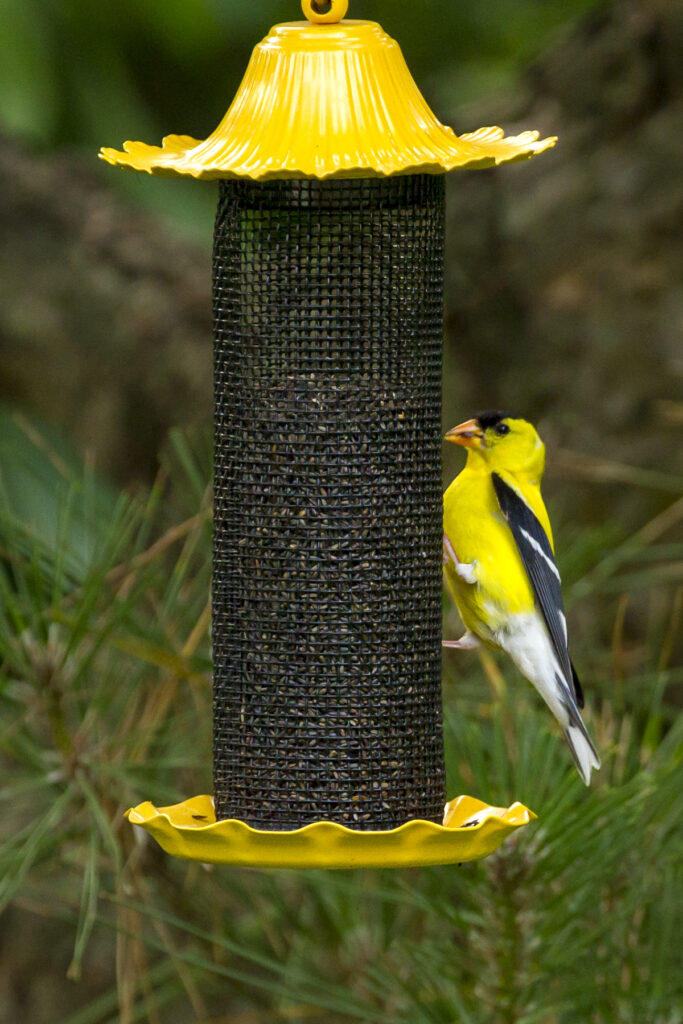
The garden also hosts a myriad of insect species. Unfortunately, pest bugs are part of that mix. Luckily for me, however, many different beneficial insects make my garden home and keep the nuisance species at bay. The garden also contains many pollinators beyond the honey bees I’ve been tending since 2009. These include many different species of wasps and hornets, other species of bees (such as bumble bees, sweat bees, and mason bees), bats, and butterflies (Eastern tiger swallowtail, American copper, and Eastern black swallowtail) to name a few. I’m especially pleased to see the number of monarchs who spend time in my yard since I have plenty of milkweed, their food source.
I’ve even happily share some of the garden bounty with the bunnies who seem to make their home under my shed. I’ve also seen opossums and one year, I had a groundhog. Those critters do require me to block off some of my young plants, but it is a small price to pay.
Increase Biodiversity in Your Yard
Here are a few ideas on how to increase biodiversity in your yard:
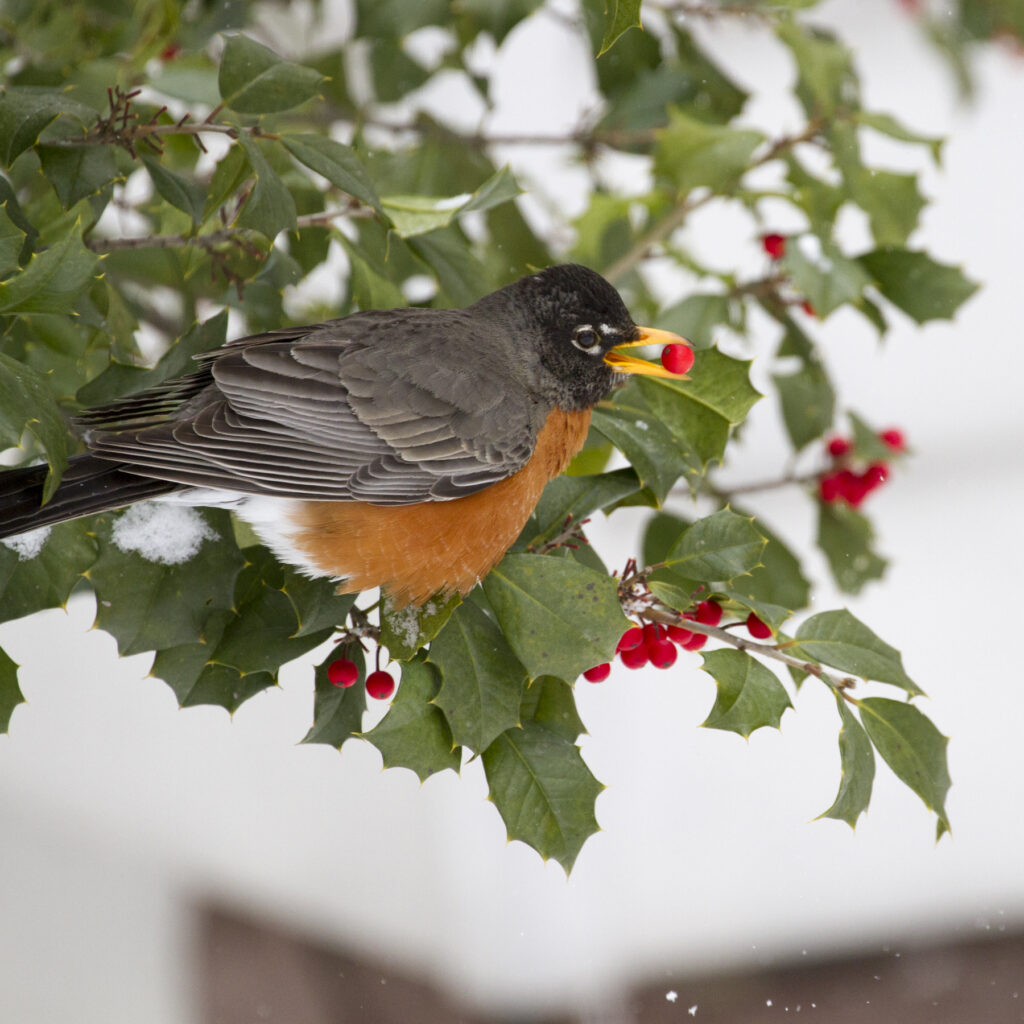
Native Plants
- Foremost, concentrate on native plants. They can be flowers, grasses, shrubs, or even trees. Add a variety from sun loving to shade tolerant; those that enjoy moist soil and those that can take drier conditions and plant them according to the layout and characteristics of your garden.
- Include species of varying heights, textures and colors with attention to early spring blooming varieties all the way to late summer bloomers. Native plants with seed heads and dried foliage over winter will provide additional support to the critters who make the habitat their home.
- The nuts and seeds of native plants are important food sources, but don’t forget berries! I have berries that I want for my own consumption like gooseberries, currants, strawberries, and black raspberries. But I’m willing to share with my backyard friends. I also planted a holly shrub, and during the winter months, I delight in watching both robins and Eastern bluebirds feast on the berries.
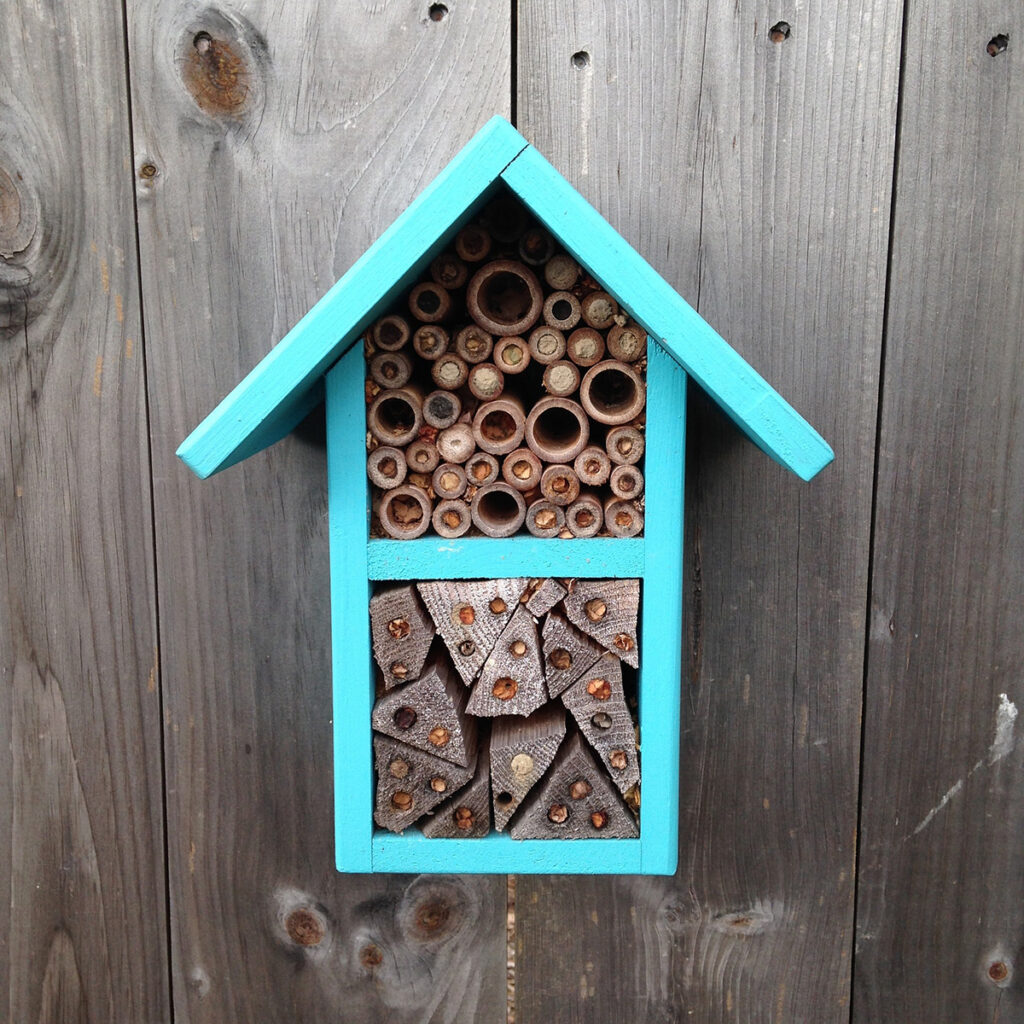
Habitat and Cover
- A second key component is cover. All living things need shelter and have the ability to take cover from weather conditions and predators.
- The predators also need places to hide to catch prey. These can be your trees and shrubs, as well as bird, bat and bee houses.
- Most of the habitat you provide for cover serves a dual purpose since it also provides places for wildlife to raise their young.
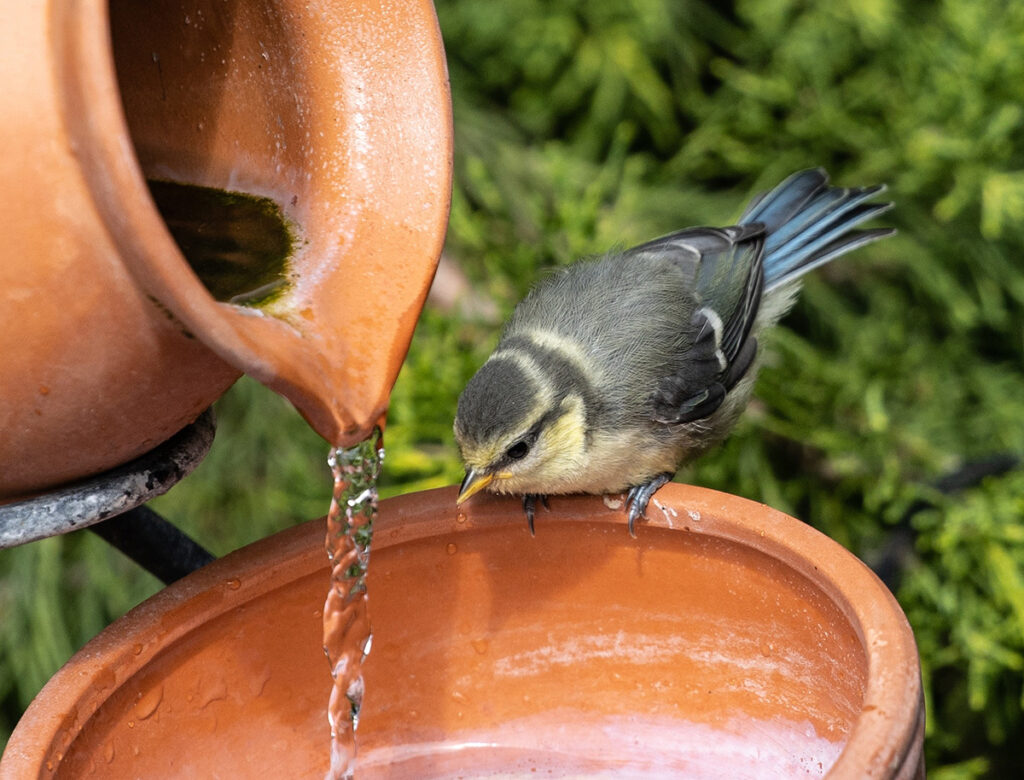
Water Source
- Give particular thought to water sources since all living things need water to survive. These can be bird baths, a rain garden, a simple water feature like a fountain, or a pond. Perhaps you’re lucky enough to live close to a water source – even better.
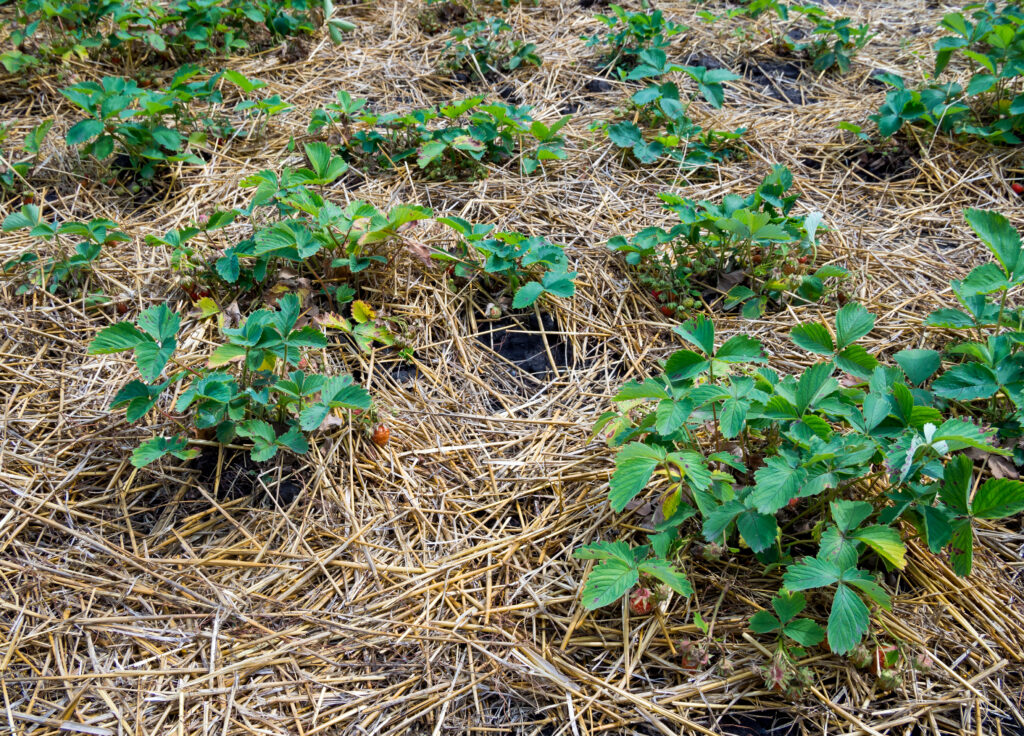
Sustainable Practices
- Finally, using organic practices is a key part to having sustainable microhabitats that ensures clean and healthy soil, air, and water. Mulching, natural fertilizers, organic pest control, and companion plantings all contribute to creating microhabitats that will support a diverse array of plants and animals.

Certify your habitat
So now that you are on your way to creating a backyard garden full of microhabitats with a wide variety of plants and animals to increase the local biodiversity, why not get some recognition for it? I did.
Go to the website of the National Wildlife Federation (www.nwf.org) and learn how you can certify your new wildlife habitat. Address the criteria presented in this blog and identified on the NWF website, submit your application, and join so many others in knowing that you have done something special and important to enhance the biodiversity of where you call home!
